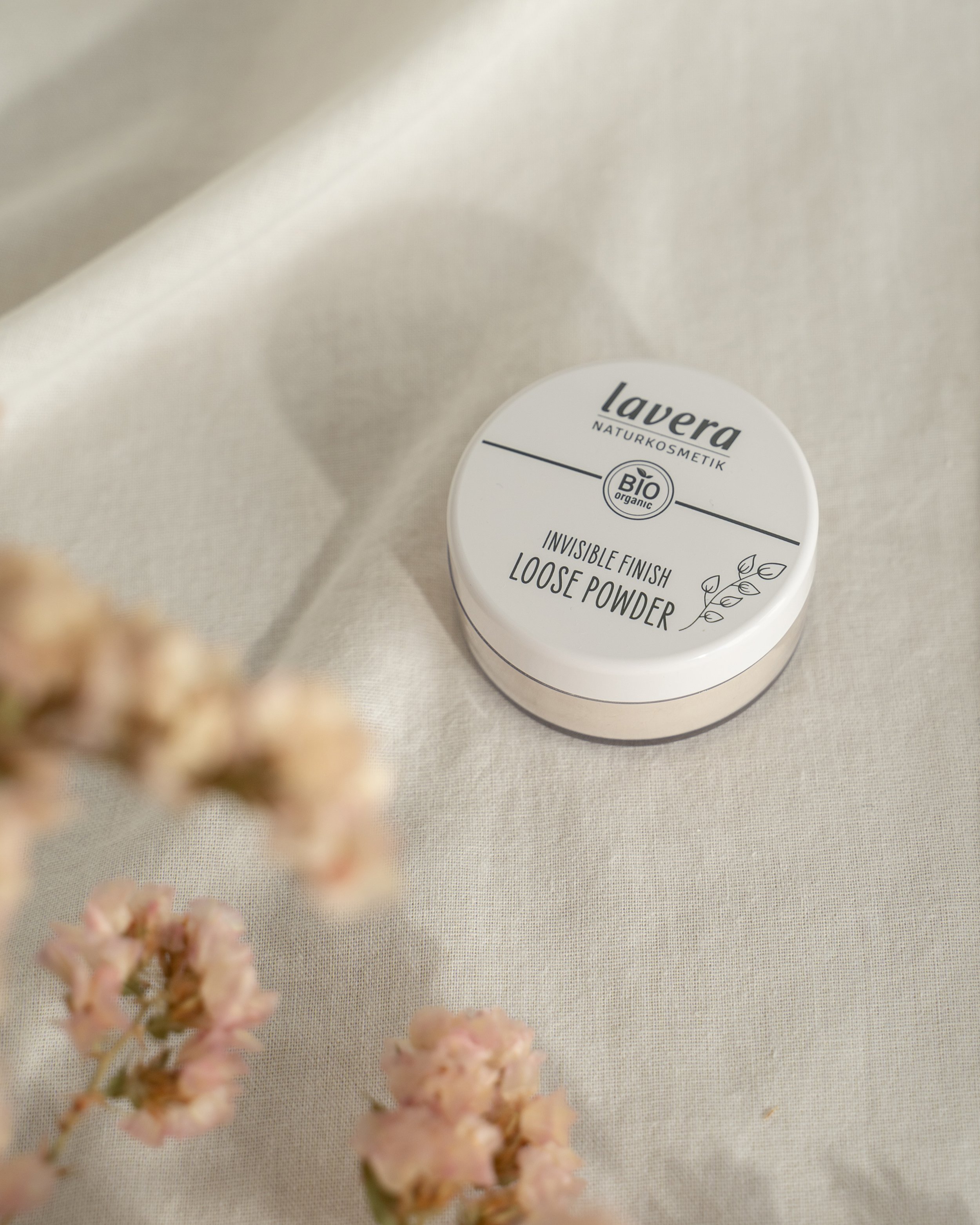
Pick the right make-up with the lavera foundation chart
Getting your make-up right is easy if you know how! We will show you the basics for a fresh, naturally beautiful complexion with our foundation chart. Find out how to apply your foundation properly, how to make it last longer, which concealer is right for you, and why the right skin care is the basis for any make-up!
Foundation Basics
What is foundation for?
Foundation evens out the complexion and skin tone. How to apply it properly and which type is best for you depends on your individual requirements and your skin type. Liquid make-up, mousse foundation and powder are therefore suitable for different occasions and needs, as are concealers.
What is concealer?
Concealer is used to cover and conceal imperfections such as pimples, redness or dark circles. Our concealers not only cover dark circles, they can also be used to highlight and contour the nose and around the eyes.
Finding the right foundation for your skin type
Regardless of whether you prefer a natural or dramatic look: Make-Up that settles into lines, dries out your skin or leaves your forehead excessively shiny is easy to avoid.
If you have dry skin, foundation may cause additional drying, flaking or dry lines. To achieve a radiant complexion, it is important to properly prepare the skin first. Then use a moisturising foundation or tinted day cream with an extra dose of moisture, such as our Mineral Skin Tint, which provides moisture and a hint of colour. It also contains many minerals. For a natural looking complexion with just a hint of colour.
Oily and combination skin tend to be prone to a shiny T-zone. Hyaluron Liquid Foundation by lavera has a lightweight texture which is not too ‘waxy’ (as this can cause excess shine), glides on easily and provides sheer coverage.
Blemished skin is more prone to pimples, which can be covered with foundation or concealer. A medium to high coverage foundation such as the Compact Foundation is particularly suitable for covering redness and pimples. Our Compact Foundation is also especially handy when you are out and about, allowing easy touch-ups wherever you are.
Make-up sponge, brush or finger? How to apply foundation properly
When it comes to the ‘tools’ you use to apply foundation and concealer there is no right or wrong answer.
Although it does depend on the type of makeup you are using: for example, powder is difficult to apply with your fingers, so that it is best to use a brush. But it is also a personal preference: if you use a high-coverage foundation, using a damp beauty blender will achieve a more natural and radiant finish. You can then build up the coverage to your liking.
In contrast, using a foundation brush will instantly achieve higher opacity. For a natural finish, may make-up artists favour using a tool which is readily available: their fingers. Warming the make-up in the fingers makes it easier to apply.
Important
Make sure you clean your make-up blenders and brushes regularly, as make-up residue, flakes of skin and sebum provide an ideal medium for bacterial proliferation. You should therefore clean your brushes roughly every two weeks to avoid blemishes and redness. Simply lather your foundation brush or blender with a gentle shampoo in the palm of your hand, rinse and repeat until all make-up residue is gone. Then gently blot the brush or sponge with a towel and let it dry.
Off to the bakery: How to extend the staying power of your foundation
Ever heard of ‘baking your make-up'? This hack is used by make-up artists can make your foundation and concealer last longer. The Fine Loose Mineral Powder is particularly well-suited for this purpose: apply generously to the desired area, e.g. over concealer, leave on for a few minutes and then simply brush away the excess powder. The lavera Satin Compact Powder can also be used to mattify and set, but is better suited to go, as the powder is pressed.
Skin undertones: Finding the right colour
Choosing the right colour foundation for your skin tone is more about finding the difference between light, medium and dark.
Which shade is right for you is also determined by your skin undertone. Whether you have a cool, warm or neutral undertone is easy to work out. Blue or purple wrist veins typically indicate that you have a cool undertone. Greenish veins indicate a warm undertone. In the case of neutral skin types, the veins appear blueish-green.
Still unsure? Then there is another test you can do! Hold a sheet of white paper next to your face, or wrap a white t-shirt around it. The neutral white makes it easier to identify the undertone of your skin. If your skin seems more yellowish, you have a warm undertone, if it looks more bluish, your undertone is cool.
Your undertone will help you choose which shade of foundation to buy. The name of the shade usually reveals which undertone it is intended for. Rose is for cool undertones, sand for warmer ones and nude or beige are neutral. Lavera uses the same system.
Products that pamper your skin
No matter how good you are at make-up, naturally beautiful skin is the basis of a flawless complexion. Don’t skimp on skincare or rely on being able to cover everything up with foundation.
We can help you find the best products for your skin type. Regardless of whether you have blemished or dry skin, the best make-up in the world is of little use if it doesn’t suit your skin type or if you don’t look after your skin properly. If you want to take another look at all our foundations, just scroll down a bit!









